Refugees in East Africa
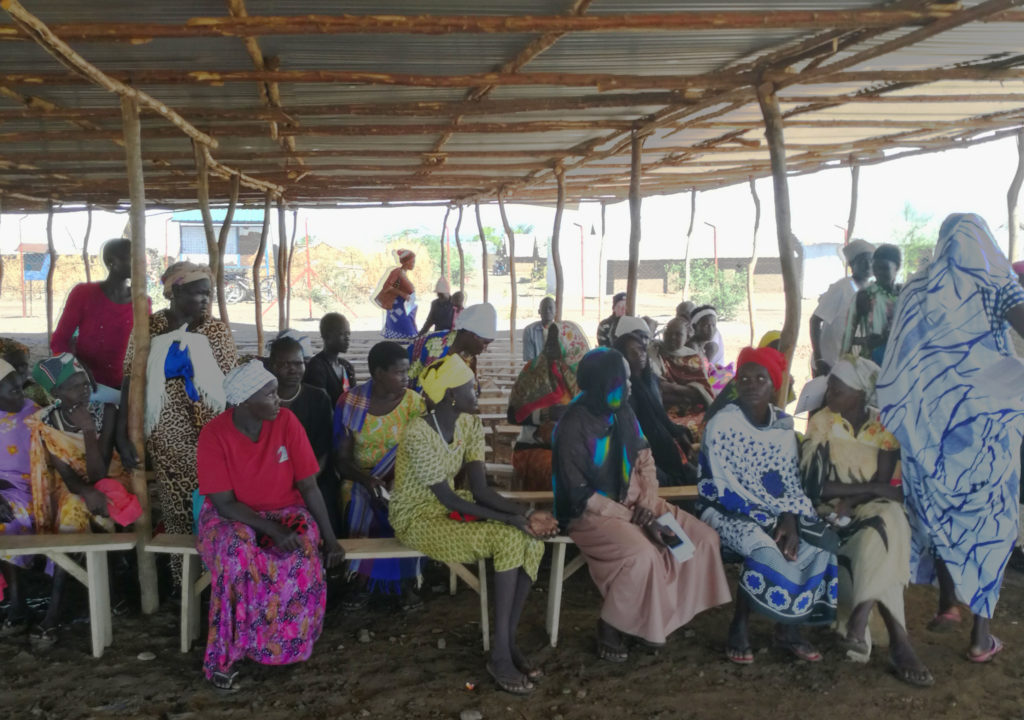
Well, I am pleased to say I got immediate feedback on the last blog including requests for more background on the refugee situation in East Africa. I usually try to keep it short, not wanting to bore the poor reader but as this is an important subject and one in which I have considerable first-hand experience, I am happy to oblige.
What is a refugee?
This was covered in a previous blog I did titled “UNHCR and the Refugee Situation.” There, I pointed out that a refugee is defined as a person who has fled their country of birth or origin to escape persecution because of their racial or ethnic identification, their religion, or their political or social affiliation. As a result, they have crossed an international border. There are nearly 26 million refugees in the world today.
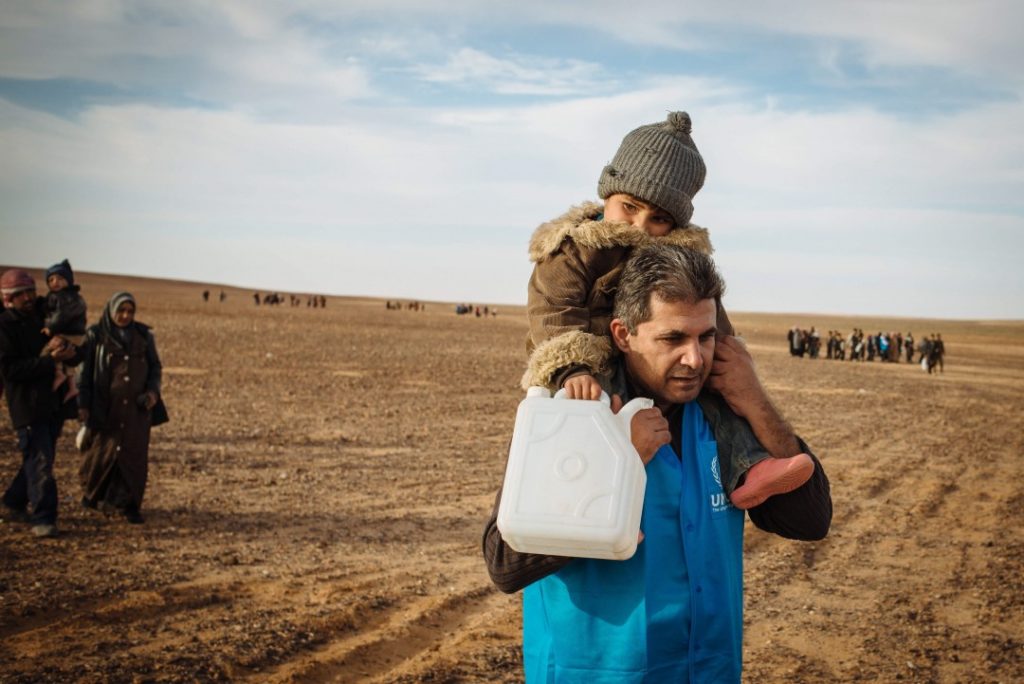
A UNHCR staff member carries a young Syrian refugee toward the safety of the Jordanian border as he approaches the end of a long and dangerous journey. © UNHCR / J. Kohler
Another even larger category is the 41 million Internally Displaced Persons or IDP’s. The only difference is they have remained in their own country and are considered to be the responsibility of that particular country. Either way both refugees and IDP’s have fled to escape an unliveable situation which is a result of persecution.
This is the “official” definition, which dates from when the UNHCR was founded in 1950 primarily to deal with the huge numbers of refugees created by World War Two. They were for the most part refugees from fascist persecution and religious bigotry and the definition was no doubt adequate for the times. For more details on UNHCR see my previous blog post here.
Who is the average refugee?
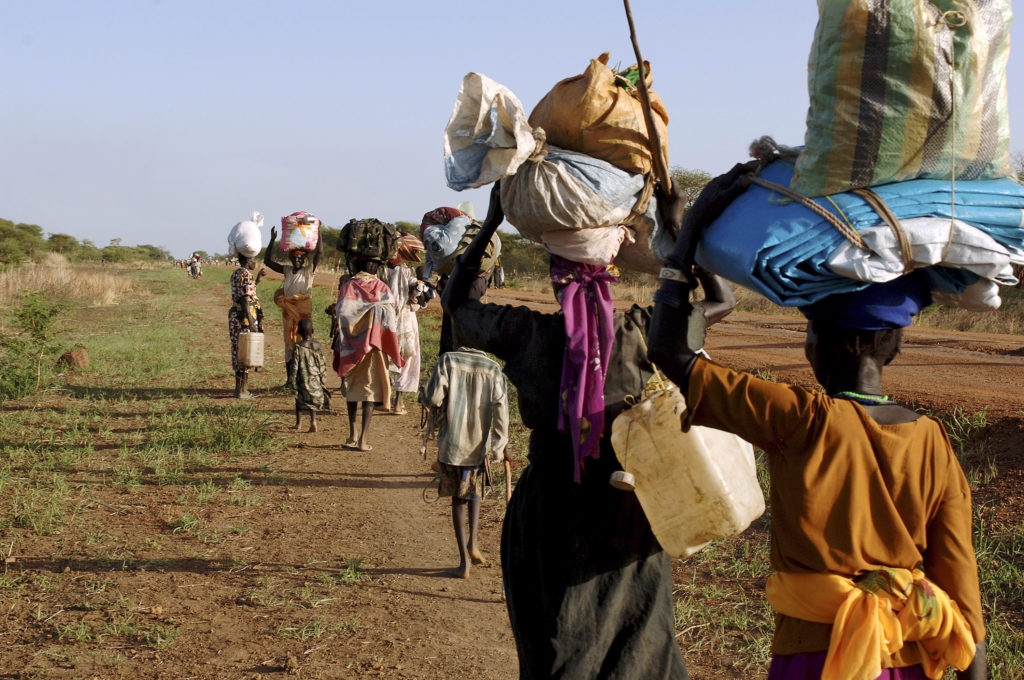
Civilians flee south from renewed fighting in Abyei. © UNPhoto / Tim McKulka
- Children make up 51% of all refugees
- Women and children together make up 80%
- 44,000 people are forced to flee their homes every day
- Two-thirds of all refugees under UNHCR mandate have come from 5 countries:
- Syria 6.5 million
- Afghanistan 2.7 million
- South Sudan 2.2 million
- Burma 1.2 million
- Somalia 1.0 million
Outdated Definition: You may have noticed that several very important factors are not included in the above definition, any one of which is enough on its own to force people to become refugees.
- Extreme Poverty: usually a result of ecological factors, terrorism/warfare, economic greed such as land grabs for agricultural or mineral wealth, super concentration of wealth and resulting job losses. As a result, it is no longer possible for people to survive.
- Climate Change: OK, we can deny it or call it by other less loaded terms such as prolonged droughts, flooding, rising sea levels, and pollution but nonetheless it forces people to flee.
- Corruption and Poor Governance: Lack of trust in the police or the courts stemming from a government working in cooperation with cartels or gangs and which is supported by the national police and military creates an unstable and unlivable situation. When a country’s residents escape these injustices, we have refugees.
During WW2 refugees were understandably motivated to escape persecution, and that definition no doubt still applies to many refugees. However, more and more refugee situations, such as those caused by climate change, are no longer covered by this limited definition and it will probably get worse. I believe it is time to update the definition to take into account these new realities.
This however will be a difficult task. Most of the refugees in the world currently come from marginalized poor countries, which allows developed relatively wealthy countries to feel isolated from these situations. But in the future, this may well change as less fortunate areas of these wealthy countries are subjected to extreme poverty and the extremes of climate change with the resulting refugees and IDP’s that will certainly create.
Stated simply, many countries are reluctant to consider these as root causes because they are either benefiting from the current situation, supporting it or turning a blind eye to it. The implications are enormous, considering each of these areas will likely become worse in the future, greatly adding to an already staggering refugee population.
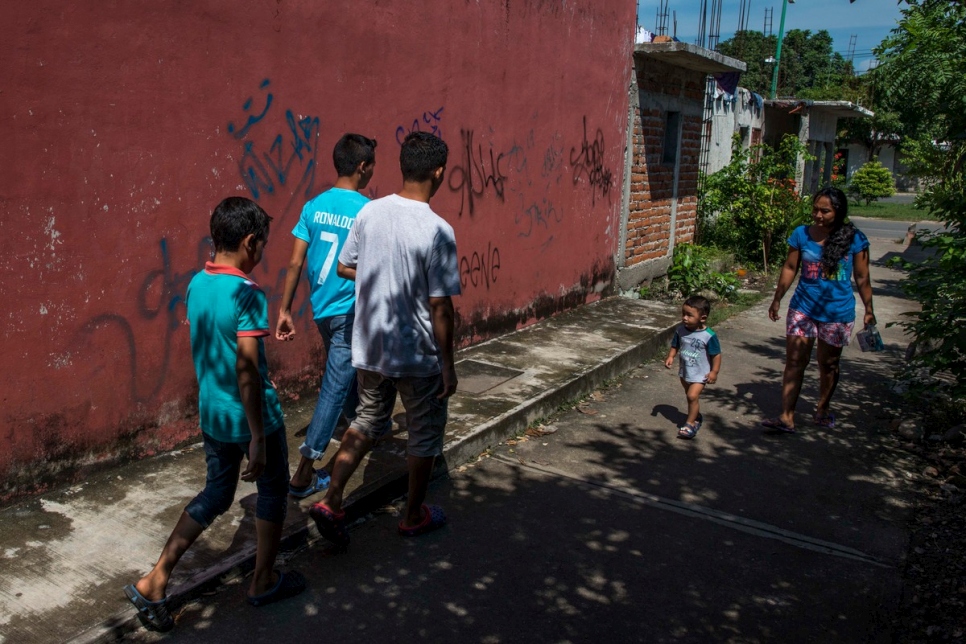
Young refugees from El Salvador head off to play street football in their adopted city of Tapachula, southwest Mexico, close to the border with Guatemala, in this September 2016 file photo. © UNHCR/Daniele Volpe
Why East Africa?
East Africa produces many of the world’s refugees, and there are several reasons for this, historic and current.
Somalia: Somali society is tribal/clan based and has a long history of shifting alliances, tribal warfare and livestock raiding between rival groups. Very difficult to govern. In 1969, an Italian trained Major General in the Somali National Army, Mohamed Siad Barre staged a coup, setting himself up with dictatorial powers. Balancing the warring clans to his advantage while becoming ever more bellicose himself, he ruled until he was overthrown in January 1991.
After his bloody downfall, full blown clan warfare broke out, which combined with prolonged drought resulted in unrelenting starvation and death. Today Somali has more than one million refugees and two million internally displaced. As a U.N. Peacekeeper I served in Somalia in 1993, for more on this see my book Keeping The Peace, available on Amazon.
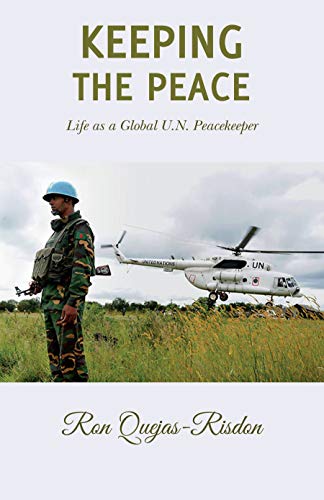
Ethiopia: The western border of Somalia was drawn up largely by European governments in the late 19th century. It ceded a large area then occupied by Somalis to Ethiopia and Kenya. Known as the Ogadan, it is the triangle shaped part that juts into Somali’s western border as seen on the map below. This map was created by Monica Cass for my aforementioned book, Keeping The Peace.
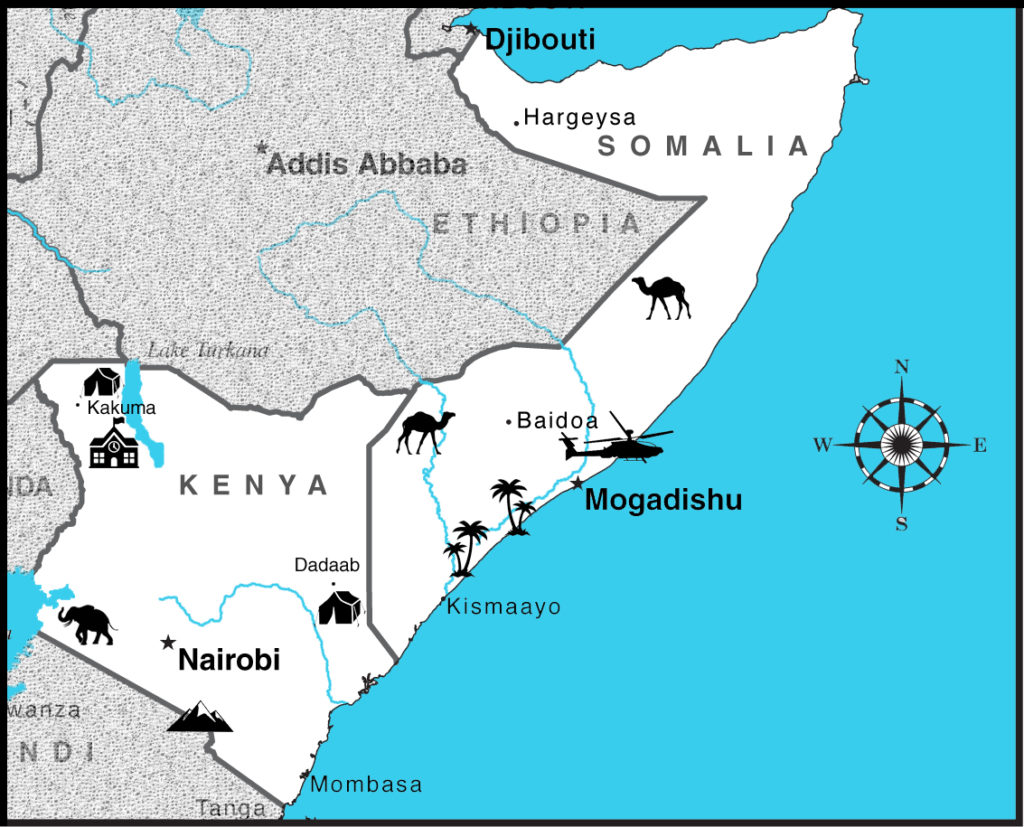
The drought and clan warfare conditions that were so present in Somalia naturally extended into and affected the people from the Ogadan area, which in turn provided many of the Ethiopian refugees that actually fled to Kakuma. To this day there are a great number of ethnic Somalis in Ethiopia and Kenya, as my recent visit to “Little Mogadishu” in Nairobi made abundantly clear.
In addition to the Oagdan, this wave of Ethiopian refugees in general was greatly increased by a period of instability beginning in 1974 with the overthrow of Emperor Haile Selassie. Known as the Lion of Judah he was a very colourful figure, even if a couple of centuries out of touch. With his ousting and the installation of a pro Soviet government, civil war broke out and lasted until 1991. In addition to civil war, in the mid 1980’s Ethiopia also suffered severe drought and famine, resulting in over 1 million deaths.
Cultural note: It also resulted in the “Live Aid” concerts of 1985 with appeals from Princess Diana and Prince Charles as well as musical royalty such as U2, Bob Dylan and Michael Jackson. It raised some 127,000,000 dollars.
In the past few years, with the return of some measure of stability to this region, the flow of refugees has greatly reduced and in fact small numbers are beginning to return to their former homes. While encouraging, this trend is fragile and still very small. In general, successfully returning and resettling refugees to their former homes is difficult. Once broken, those ties are difficult to rekindle. I say this based on my experience with returning refugees in Somalia and South Sudan.
Sudan: The other major source of refugees in East Africa, with over two million is Sudan. Before it’s separation into North and South in the plebiscite of 2011, Sudan was the largest country in Africa. In the period leading up to that critical vote I served as the U.N. Head-of-Office in Abyei, a district on the north south border. Another map below shows the convergence of Abyei, Darfar and South Sudan, an area key to the understanding of why Sudan plays such a central part in the East Africa refugee population.
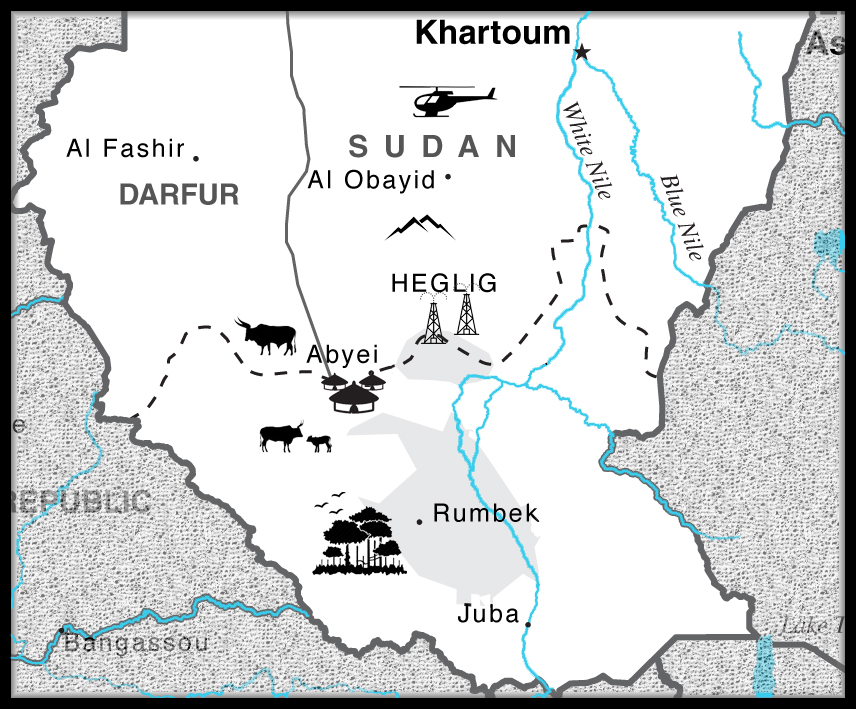
Historically there has always been a division of Sudan, based on ecological, cultural, social and religious factors. The North is semi-arid, supporting nomadic herding societies who are predominately Arabic speaking and Islamic. The South, receiving more regular rainfall, supports permanent agriculture along with sedentary towns and villages. Swahili and local languages were spoken over Arabic, and Christianity was successfully introduced by missionaries.
In June 1989, army colonel Omar al-Bashir led a bloodless coup and, with the support of the military, suppressed newspapers, banned political parties and carried out the arrest and execution of rivals. In 1993 he disbanded the remaining military council and declared himself president of Sudan, while acting more like an emperor.
Regional opposition to his rule grew stronger with the Sudanese Liberation Movement Army (SLMA) in Darfar and in the South the Sudanese Peoples Liberation Movement (SPLA).
Al-Bashir, with his military allies, took immediate action to brutally suppress and destroy these movements. Their actions were especially aggressive in Darfar leading to international charges of genocide and war crimes.
In the South the war was bloody, drawn out and made worse by fierce divisions within the opposition to al-Bashir. The UN mission at Abyei, where I served as Head-of-Office, was at the center of much of this horrific fighting.
The flow of refugees, which has continued for years, was particularly pronounced throughout the 1980’s and 1990’s, resulting in well over two million refugees. Many of the earliest refugees from Darfar went to Chad with those from South Sudan tending to go to Ethiopia, Uganda and, particularly, Kakuma in Kenya.
Conclusion:
With this additional background on the origins and extent of the refugee situation in East Africa, we have a better understanding of the children we will meet in the next blog. I will introduce you to the children attending a primary school in the Kakuma refugee camp in Kenya and how, by a fortunate turn of events, I am trying to help them.